WORLD OF OUTLAWS
ANGLO AMERICAN OIL



How grand prix team is evolving into a full factory e ort for 2026

We visit Silverstone campus ahead of F1 entry






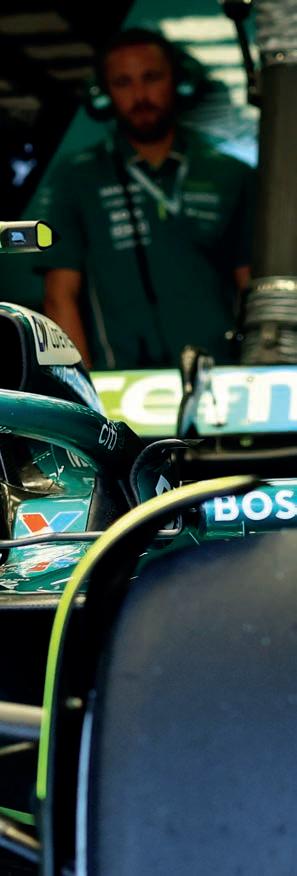

The debut of the first new F1 team in a decade is fast approaching. Racecar was given an exclusive, behind-the-scenes look at its preparations
By DANIEL LLOYD
It is rare for a new Formula 1 team to be created from scratch. The last time it happened was in 2016, when Haas entered the fray. Another ‘recent’ one is Mercedes in 2010, although it was continuing an existing lineage of teams based in Brackley. Many ‘new’ teams have joined in this way, superseding a predecessor and assuming their existing infrastructure, but the creation of a completely fresh team from scratch is an extraordinary occurrence.
Like Haas, Cadillac is an American entity, although its ethos is different. The General Motors brand will, in time, become a chassis and power unit manufacturer – a fully works team – whereas Haas has remained a customer team, closely wedded to its power unit supplier, Ferrari. Haas joined the championship with impeccable timing, one year before Liberty Media acquired F1 and set off a boom in its American popularity that now incorporates three Stateside grands prix. Cadillac, on the other hand, is joining a party that has already started, with a view to benefiting from, and sustaining it.
It has been a mammoth task to get the championship’s 11th team up and running, in time for the 2026 season. All the fundamentals we take for granted when thinking about other teams had to be put in place: locations, machinery, people. Cadillac will be an American F1 team, operating from a new campus in Fishers, Indiana where the chassis will eventually be built. The power unit, meanwhile, will be developed at General Motors Performance Power Units (GM PPU) in Concord, North Carolina.
As a presence in the UK’s Motorsport Valley is essential, due to the proximity of parts suppliers and F1’s logistical operation,
a forward base at Silverstone will be responsible for turning around in-season updates and running the race team. At the start of the upcoming season, Silverstone will have a more prominent role because Fishers is still being fitted out, and nothing will be manufactured there until approximately late summer 2026. Silverstone is, therefore, the place to glean the most tangible insight into Cadillac’s preparations for its debut.
In mid-October, the team granted Racecar an exclusive tour of the site with its chief technical officer, Nick Chester, a former Enstone stalwart with senior engineering experience at Renault and Lotus. After stints with Mercedes and McLaren in Formula E, Chester is back in F1, playing a central role in driving Cadillac’s technical direction.
‘We started off in Banbury, in a really tiny office with about five of us,’ recalls Chester. ‘We then moved to the Silverstone Sports Engineering Hub and took one office. That was up to 20 [people]. Since then, it has grown and grown and is evolving all the time. Most people are quite used to moving desks.’

Cadillac will be an American F1 team, operating from a new campus in Fishers, Indiana where the chassis will eventually be built. The power unit, meanwhile, will be developed at GM PPU in Concord, North Carolina
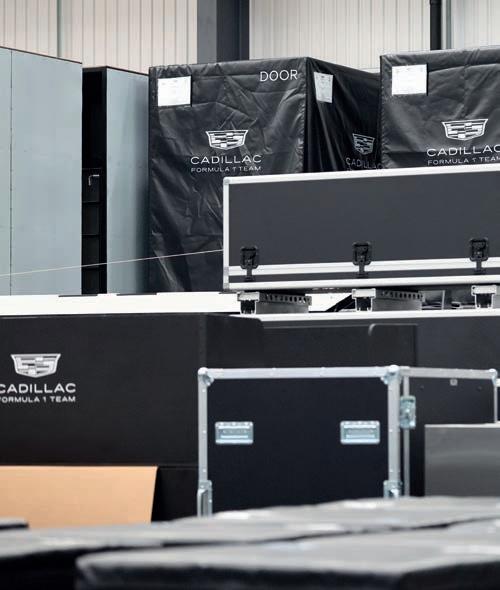
‘Getting the departments living together is a really big advantage’
Nick Chester, chief technical officer at Cadillac Formula 1 Team


Formula 1 and the FIA officially announced Cadillac’s entry in March 2025, almost exactly one year before its race debut. Once its place was confirmed, the team ramped up its recruitment drive, although the foundations had been laid at least two years prior when Andretti Global was leading the bid, before any formal approval was given.
Chester says the team has gone from about 180 people at the start of this year to 400, and is expected to reach 450 by the beginning of 2026. The Silverstone site will eventually top out at 600 people, with around half on the technical side (excluding operations and production). Once Fishers is online, the manufacturing team there will consist of around 200 staff, plus non-engineering roles.
In total, Cadillac’s UK facility takes up six buildings of an industrial park directly across the road from the Silverstone racetrack. It is
relatively inconspicuous, at least compared to Aston Martin’s new megastructure a few blocks away, but it’s what’s inside that counts.
The largest building, 1136, covers some 8300m2, though only a section is currently being used, to house the aerodynamicists. It will eventually contain all desk-based technical departments – aerodynamics, design, vehicle performance and strategy – on a grand mezzanine. Around 400 people will call this their place of work. More hands-on activities such as component testing and validation, car build and electronics will be on the ground floor of the same building, once the outfitting work is completed in late summer 2026.
The vision is to promote quick decision making by establishing cohesion between the departments. Cadillac F1 team principal,
IMSA’s technical team has a new toy to play with as it seeks to keep an ever closer eye on its sportscar
By ANDREW COTTON
The IMSA Sportscar Championship has upgraded its engineering expertise with the use of the Catapult RaceWatch data and analytics program, which allows its technical team to accurately monitor competitors.
At the Petit Le Mans in Atlanta, Georgia, the IMSA team kept track of the 53 cars that took the start of the 10-hour race in four different classes and was able to assess each of them throughout the race in real time.
While the cameras, fans, media and commentators focus on the race incidents and battles on track, deep within the IMSA
paddock are two trucks filled with engineers who keep a weather eye on the live data coming from the cars, the track and the television feed to ensure nobody is falling foul of the rules.
The modern GTP and GTD cars produce a mountain of data through their ECUs and scrutineering loggers, data that can now be monitored in real time. RaceWatch has been used in racing for many years, both in F1 and by manufacturer teams in sportscars, but this is an example of a series adopting the system, rolling it out year-by-year in a phased way to its race control, technical team and pit crew.
By regulation, the LMDh prototypes that dominate the top GTP class are limited by the amount of energy they can carry per stint, combining fuel allowance and electrical power delivery from the rear-mounted MGU. They are also limited by the amount of torque they can deliver, monitored through driveshaft-mounted sensors, and by minimum tyre pressure requirements that ensure the integrity of the rubber, as well as balance performance. Other parameters are being monitored at the same time, including differential settings, which are governed by the regulations of the series.
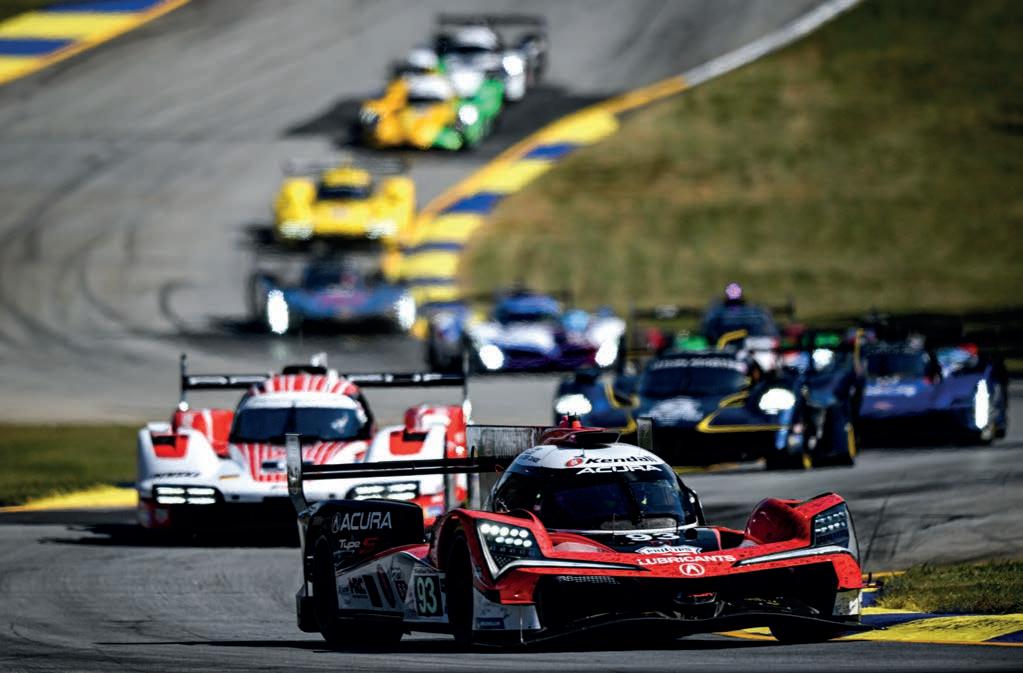
Multi-class racing with tight regulations around power, energy and tyre usage means accurate real-time data logging is critical

Two trucks filled with engineers keep a weather eye on the live data coming from the cars, the track and the television feed to ensure nobody is falling foul of the rules

After a rocky period, the DTM is nding stability again under GT3 rules. How was that achieved, and what seeds are being planted for the future?
By DANIEL LLOYD



When the DTM adopted GT3 cars in 2021, it marked a watershed moment for Germany’s top domestic series. During the late 1980s and early ’90s, the Deutsche Tourenwagen Meisterschaft featured touring cars as the name suggests, and drew in major German brands including BMW, Opel, Audi and Mercedes, as well as the Italian manufacturer Alfa Romeo.
After a demise and rebirth at the turn of the millennium, the DTM morphed into
something of a hybrid between touring cars and sportscars, using unique silhouette racers. The OEMs kept racing and their rivalries only intensi ed.
The series then worked with Super GT in Japan to develop a common chassis and engine formula based around 2.0-litre, four-cylinder turbocharged unit, which further cultivated this particular silhouette branch of the motorsport family tree. However, following the departures of Mercedes and Audi after the 2018 and 2020
seasons, Class 1 collapsed in Europe, leaving the DTM at a crossroads. With its future in the balance, the organisation in charge at the time, the ITR, took the decision to pursue a sportscar-based direction, and the DTM became one of many series to adopt the globally successful GT3 platform.
Five seasons have now passed since that decision. The ITR steered the ship for the rst two years of the new-look DTM, until 2023,

when it was replaced by Germany’s largest automobile club, the ADAC.
DTM is still going, and going strong, judging by the 102,000 people who flocked to the 2025 season finale at Hockenheim
When GT3 was adopted, question were asked whether or not the series had lost its way. It is the called the German Touring Car championship afterall. Many suggested it would be a shell of its former self if it relied on cars that raced elsewhere, including in Germany at the Nürburgring 24 Hours and in ADAC GT Masters. Some questioned whether DTM would be lost completely in the noise of an already oversaturated market.
Fast forward to today, though, and the answer to those questions is no. The DTM is still going, and going strong, judging by the 102,000 people who flocked to the 2025 season finale at Hockenheim. So, how has the ship been steadied after the DTM departed its silhouette rules and joined the GT3 world?
Although the DTM uses the same car as other GT3 series, it has distinct sporting features. DTM races are 55-minute, single driver affairs.
Racecar visits UK-based race fuel producer and importer, Anglo American Oil Company, to uncover the secrets to brewing top-quality motorsport fuels
By MIKE BRESLIN

Anglo American is involved in many motorsport categories. Here, its Volvo 740 drift car helps to publicise some of the company’s primary products














These days, the cars in many motorsport series will happily glug pump fuel for lap after lap, but there are still a signi cant number that require a more nely distilled fuel, whether because of the speci cation of the engine or the age of the racecar. This is where dedicated motorsport fuel producers and suppliers, such as Poole, UK-based Anglo American Oil Company, come into the picture.
While its name points to a transatlantic relationship that’s at the heart of this business, Anglo American’s story actually originates in Sweden, where company founder, Anders Hildebrand, started racing in the 1990s to prove the potency of the Ford GT40 replicas he was then building.

It was at this time that Hildebrand’s rst connection with American fuels and oils was established, through a sponsorship deal with 76 Lubricants. However, at that stage he was not working in the fuel and oil industry. Indeed, at university he had studied engineering, marketing and
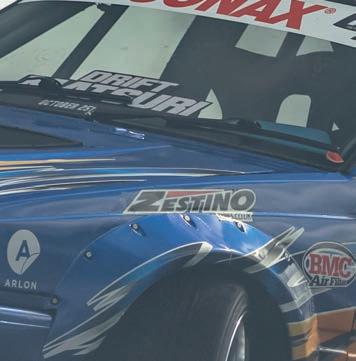

economics – a near perfect combination of subjects for a career in motorsport.
It was largely because of his connection with GT40-style cars that, later in the 1990s, Hildebrand moved to Poole and became heavily involved in the Spectre R42 supercar project, a car that had a similar design philosophy to Ford’s Le Mans classic. That venture zzled out due to lack of investment but, by 1999, Hildebrand had rekindled his relationship with 76 Lubricants, which had been looking for a distributor in the UK and had found a willing accomplice in the Dorset-domiciled Swede.

Initially, Hildebrand found it di cult to sell the American oil into the regular garage and servicing market, but by now he was racing again – a frontrunner in the highly competitive Renault Spider and then TVR Tuscan championships – and through his presence in UK paddocks, he started to build up a market in motorsport.

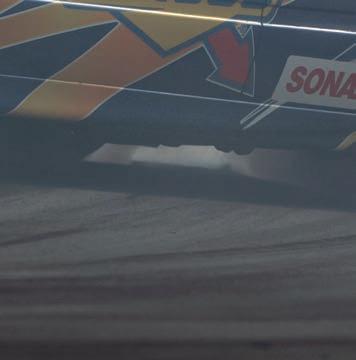

At that time, the company was focused on lubricants, but then, after a signi cant investment in a large stand at the 2000 Autosport International show, there was a bit of an epiphany. ‘Five guys wanted to talk about oil,’ Hildebrand recalls. ‘I think I managed to sell to three of them. But I had put up a very small sign saying 76 race fuels now available, and I was swamped with interest. I ended up selling a whole container of race fuels that weekend! Then I sold another container later that year. If I advertised oil, no one rang. If I advertised fuels, the phone didn’t stop ringing. I felt someone was trying to tell me something.
‘Then I got wind that British GT was going to introduce a control fuel in 2001. I went to talk to Stuart Higgs at the BRDC [British Racing Drivers’ Club], and I had a big rendering of how my race fuel truck would look. Of course, I didn’t have a truck then!


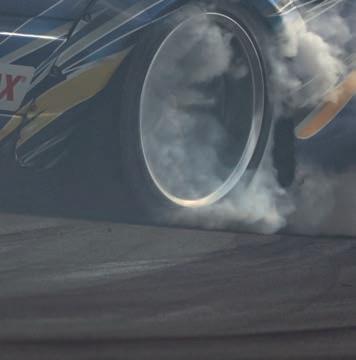
‘If I advertised oil, no one rang. If I advertised fuels, the phone didn’t stop ringing. I felt someone was trying to tell me something’

Anders Hildebrand, founder of Anglo American Oil Company





By DANNY NOWLAN
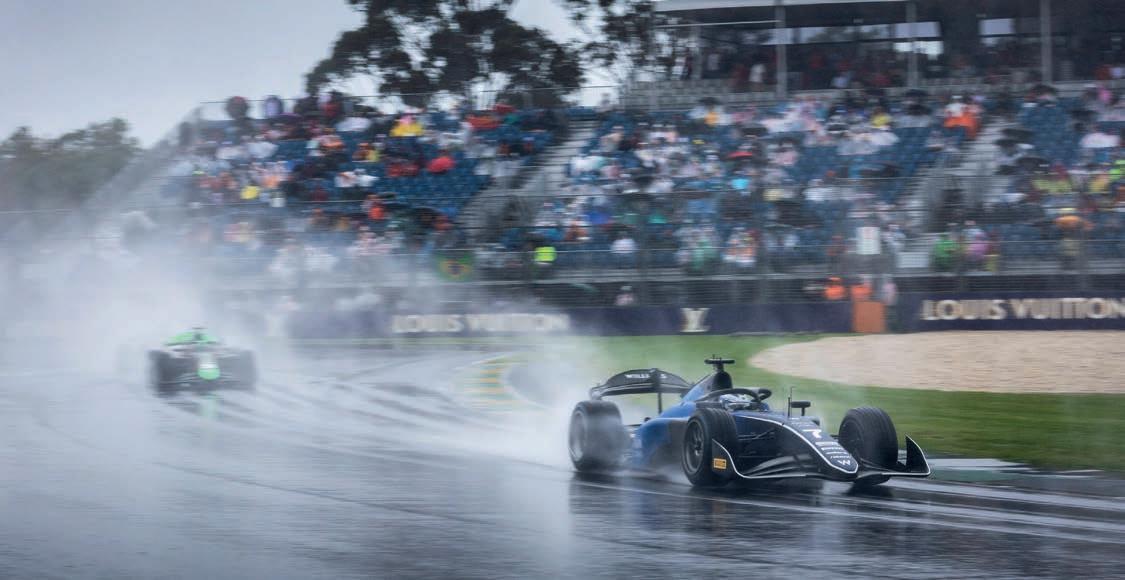
Recently, I was watching a motorsport event that, to all intents and purposes, was effectively a spec formula, with a base case car that left a lot to be desired. Murphy’s law then struck, and the weather didn’t cooperate. Unsurprisingly, cars were going off the track left, right and centre, and the race result turned into a lottery. While it made for a great spectacle, clickbait and online moments, it got me thinking is this what we truly want motorsport to descend into? It’s a serious question, not a flippant one, and one I feel needs to be asked. Fortunately, there is a way forward that not only honours what motorsport really is, but generates the conditions for it to happen organically.
To set the stage for this, I want to give you a quick ChassisSim history lesson. Not to illustrate how wonderful I am, but to blow apart a key motorsport myth that, in order to go fast, you need to spend a fortune.
ChassisSim has been developed on a fraction of the budget of some of its more illustrious contemporaries. This shows what can happen when you understand your first principles, you stick at it and are willing to make a few mistakes in the process of learning. That, folks, is the price of admission to the motorsport party.
The first item we need to talk about, then, is data acquisition (another one of the great myths in this business being that using it drives up cost). To put this in perspective, table 1 summarises what you need to log. That’s it. It doesn’t need to be any more fancy than that to get you 95 per cent of the way there. The budget-busting amount for all this is around $7000 (approx. £5200), give or take a few coins. Given that is a fraction of what even a mid-level team will spend on hospitality for a race weekend at events like Le Mans, that is just a drop in the ocean.
This shows what can happen when you understand your first principles, you stick at it and are willing to make a few mistakes in the process of learning